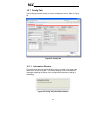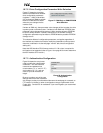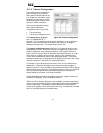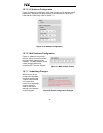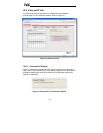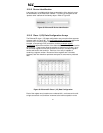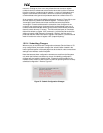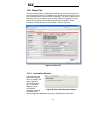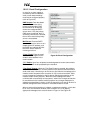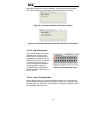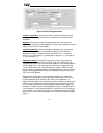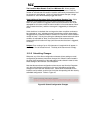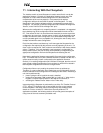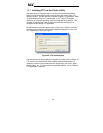
42
ICC
next row. Clicking on a box in an array allows the user to enter a register
number that will be referenced at that location when data is either consumed
from the controller or produced to the network. A value of 0 indicates that no
register is referenced at that location, which will cause the corresponding
consumed data to be ignored and produced data to be a default value of 0.
As an example, looking at the default configuration shown in Figure 36, we can
see that each array contains two defined registers. Therefore, up to 4
“meaningful” bytes of data can be both received and sent (the qualifier
“meaningful” is used here because the connection sizes configured in the
controller may request larger consumed and/or produced data sizes, but all
unreferenced consumed data will be ignored, and all unreferenced produced
data will contain dummy “0” values). The first word (two bytes) of consumed
data will be written to register 1007 (command 1) and the second word will be
written to register 1008 (frequency command). Similarly, the first word of
produced data will contain the value of register 1402 (status 1) and the second
word will contain the value of register 1401 (output frequency).
10.8.4 Submitting Changes
Whenever any of the Ethernet/IP configuration elements (Device Name or I/O
array configurations) have been changed, the “submit” button located in the
lower right-hand portion of the web page must be clicked in order to write these
settings to the interface card’s filesystem.
Note that because these configuration elements are read from the filesystem
only when the interface card boots up, the act of submitting configuration
changes will also reset the interface card. Please allow 30 seconds for the
interface card to reboot, at which time it will then be operating with the recently-
submitted configuration. Refer to Figure 37.
Figure 37: Submit Configuration Changes




